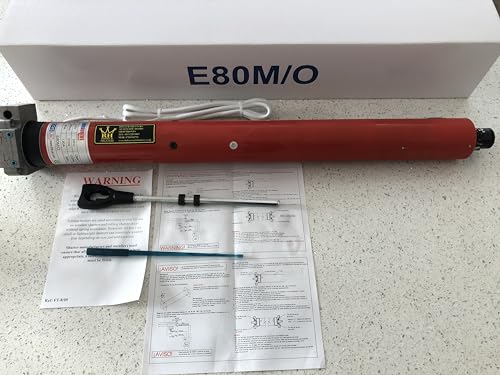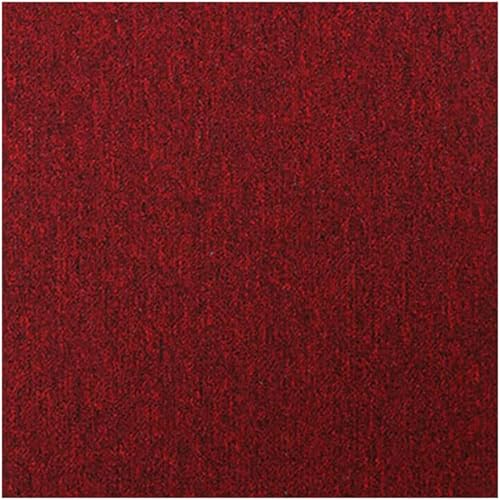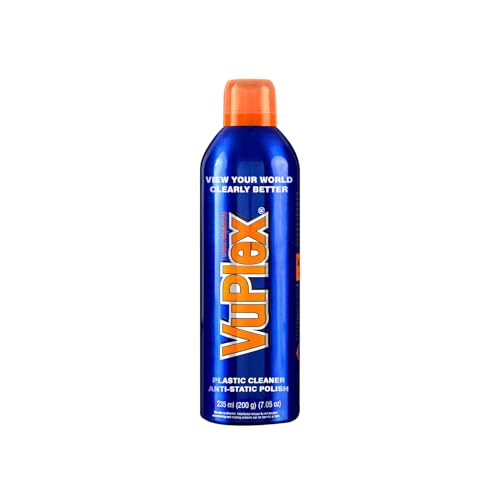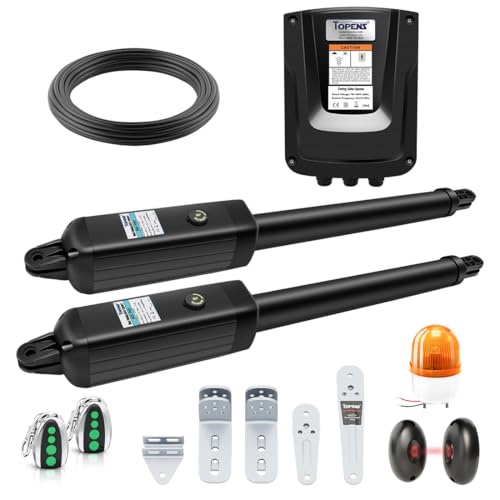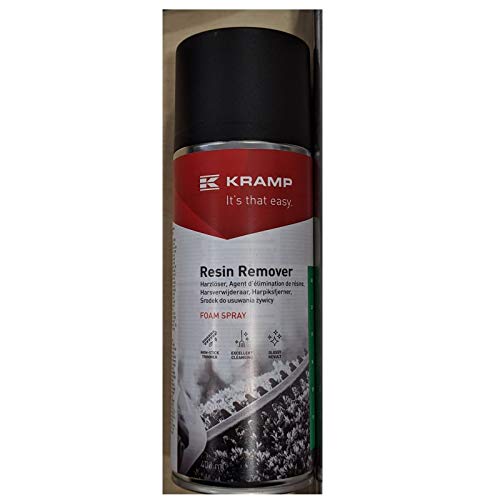Understanding Metal Cutting Saws: The Basics We Should All Know
What is a Metal Cutting Saw?
Metal cutting saws are specialized tools designed to cut through various types of metal, making them essential in workshops, construction sites, and manufacturing plants. Unlike standard saws, metal cutting saws are engineered to handle the hardness and density of metal materials. These saws can efficiently create precise cuts with minimal distortion, helping achieve a clean edge that is crucial for metal work.
How Do Metal Cutting Saws Work?
The operation of a metal cutting saw typically involves a high-speed blade that spins quickly, allowing for a smooth cutting action. The blade is specifically designed with teeth that can withstand higher temperatures generated by the friction of cutting through metal. When using these saws, it’s important that the right type of blade is chosen based on the metal being cut, whether it’s steel, aluminium, or other alloys.
Types of Metal Cutting Saws: Which One Suits Our Needs Best?
Band Saws
Band saws feature a long, continuous blade that moves in a loop, making them incredibly versatile for cutting different shapes and sizes of metal. They are great for both straight and curved cuts, which can be beneficial when dealing with larger pieces of metal that require resizing or shaping.
Circular Saws
Circular saws are equipped with a round blade that rotates at high speeds. This tool is ideal for making quick and efficient cuts through flat sheet metal and can deliver precise straight cuts. Ensure you choose a blade specifically designed for metal cutting to maximize efficiency.
Chop Saws
Chop saws, also known as cut-off saws, are primarily used for making straight cuts in metal materials. They are particularly useful for cutting metal pipes and profiles. The saw’s heavy-duty nature allows for robust performance, especially in industrial environments.
Die Saws
Die saws feature a small diameter blade that allows for very fine cuts. This makes them suitable for intricate jobs where precision is key. If you are working on detailed metalwork, a die saw could be the ideal option for you.
Key Features to Consider When Choosing a Metal Cutting Saw
Blade Selection
Choosing the right blade is paramount for achieving the desired results. Metal cutting saw blades come in various styles, including bi-metal and carbide-tipped options. Each type offers different benefits, such as durability or precision, depending on your cutting needs.
Motor Power
The motor power directly affects the saw’s performance. A higher wattage often translates to better cutting capability on tougher materials. When selecting a saw, we should consider how often and for what materials we intend to use it.
Cutting Capacity
Evaluate the size of metal pieces you will be working with. Each saw has a specific cutting capacity, meaning there are limits to how thick or wide a piece of metal it can cut. Knowing these dimensions in advance can save us from frustrations later on.
Portability and Weight
If we need to take our saw to different job sites, portability becomes crucial. We should consider the weight and whether it has a portable design such as a folding frame or wheels.
Essential Accessories for Optimal Performance
Replacement Blades
Having a set of replacement blades tailored to specific cutting tasks can greatly enhance our productivity. We must ensure we keep an adequate stock of blades for metal work to avoid downtime during projects.
Supports and Stands
Using a metal cutting saw stand can provide stability and support during cutting, leading to cleaner cuts and increased safety. Look for adjustable stands that can accommodate different sizes of metal.
Cooling Fluids and Lubricants
Certain cutting applications benefit significantly from cooling fluids that reduce heat and friction. These fluids can help prolong the life of the blade and improve the overall cutting performance, so stock up on appropriate fluids for your needs.
Tips for Maintaining Your Metal Cutting Saw for Longevity
Regular Cleaning
After every use, we should clean the saw, removing any metal shavings or debris. This prevents rust and ensures that our saw remains in optimal working condition. A simple cloth wipe can often do wonders.
Blade Checks and Sharpening
At regular intervals, we must inspect the blades for any signs of wear. A dulled blade can lead to inefficient cutting and increased strain on the motor. Keeping blades sharp and replacing them when necessary is crucial for the long-term performance of our saw.
Proper Storage
Store the saw in a dry place and away from harsh conditions that could damage it. A well-chosen case or dedicated storage area can help maintain its condition and make it ready for use whenever we need it.



















